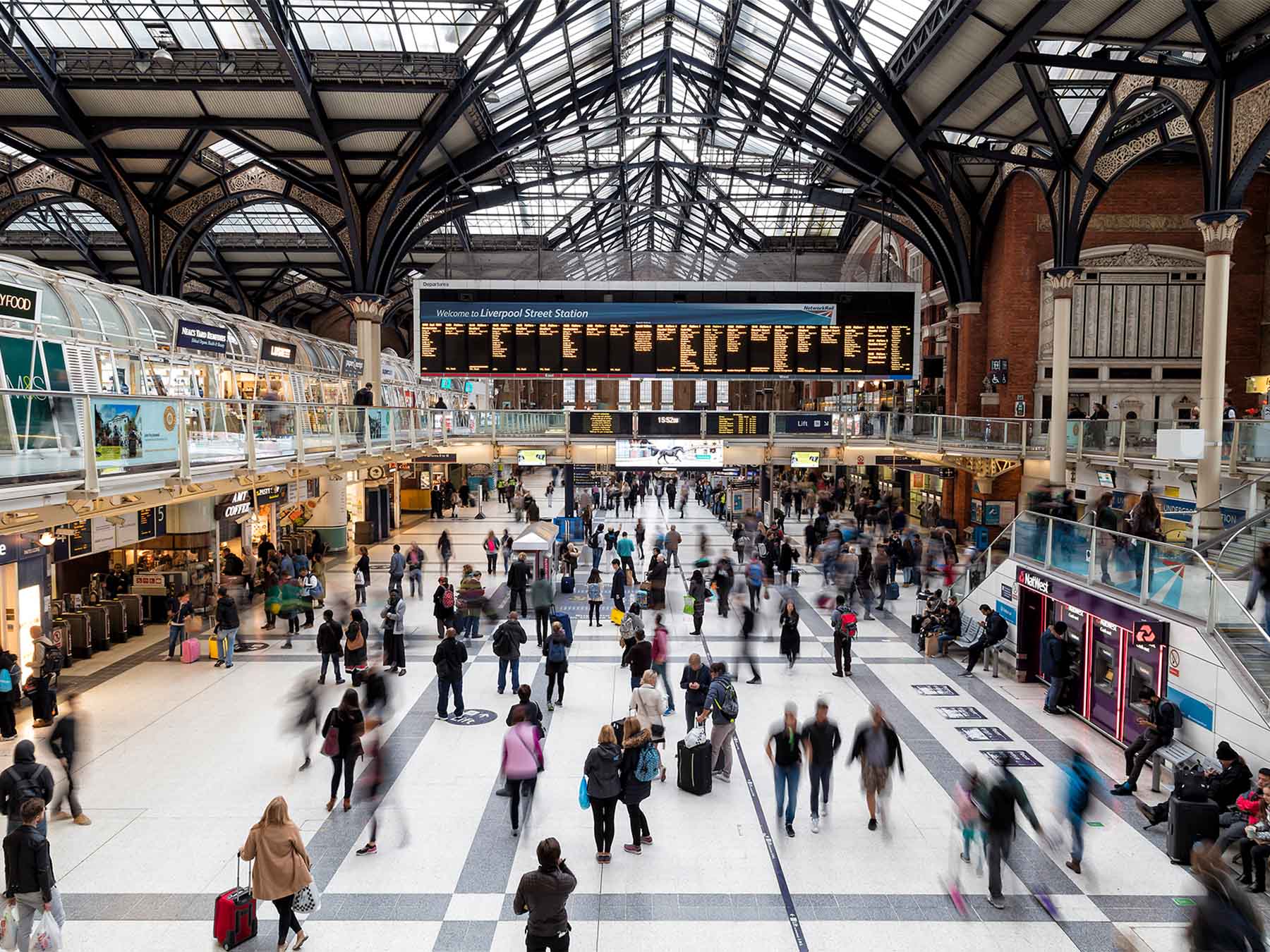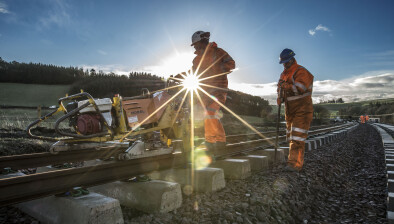Pivot in infrastructure set to release supply chain capacity, says Turner & Townsend

Turner & Townsend is calling for agility and adaptability as the construction industry adjusts to the cancellation of the northern leg of HS2.
In its Winter 2023 UK Market Intelligence (UKMI) report, the professional services consultancy highlights the opportunity for other real estate and infrastructure programmes to draw on supply chain capacity that will be released after the government’s decision to scale back plans on part of the high-speed rail project.
However, Turner & Townsend warns that ongoing economic headwinds will continue to impact the construction industry overall. Price volatility in materials, plant and equipment weighs heavily on the sector, which is also grappling with capacity and workforce shortages.
These inflationary pressures are being counterbalanced by a marked softening in the growth of construction activity. Output has increased by just 0.1% in the third quarter of 2023 compared with Q2, and by 2.5% over the last year. This marks the eighth consecutive quarter of growth in output, though it represents a notable slowdown since 2022, when the sector expanded by 6.5%.
The decrease in pace has been driven by falling housebuilding activity as a result of high interest rates and concerns over affordability. Total new housing registered a decrease in output of 2.4% throughout the quarter.
Softening demand, combined with skilled labour shortages and increasing construction wages, means that Turner & Townsend’s tender price inflation forecast for 2023 holds steady from its autumn prediction, at 3.7% for the real estate sector and 5.5% for infrastructure. Further increases of 2.7% for real estate and 4.5% for infrastructure are expected to be seen in 2024.
Despite these ongoing economic challenges, the report points to reasons for optimism. Construction orders increased by 3.9% throughout the quarter, following three consecutive quarters of contraction. It notes the government’s plans to divert spending from HS2 into a £36bn investment into transport infrastructure in the north of England. The water sector is also set to invest £98bn of upgrades between 2025 and 2030.
Digitalisation provides an important avenue for the industry to prepare for future opportunities. The report points to the rail industry in particular as a sector that is using artificial intelligence to improve safety and reduce costs – demonstrating how digital technology can enhance performance and thereby engage new investors.
The consultancy calls for clients to consider their design strategies and where, against current economic uncertainty, a more traditional model of built asset investment may allow them greater control and time to monitor markets and costs.
It adds that clients must re-assess how they work with their supply chain to deliver on investment. Shifting from an alliance model to an enterprise model in their contractor relationships, as already seen in the water sector, can help firms to deliver against clients’ objectives.
James Darrie, strategic lead for Scotland at Turner & Townsend, said: “The full effects of Westminster’s change in tack on infrastructure remain to be seen. For now, we need to focus on the challenges at hand and make the most of programmes in planning and in flight. The construction sector remains resilient as we weather economic storms, with particular areas in real estate, such as retrofit and refurbishment, strengthening significantly.
“This is not to say that it’s smooth sailing for the sector. High interest rates and skills shortages put pressure on our capacity to deliver. Clients must remain flexible in the face of these difficulties, and continually re-evaluate the way they procure and manage their projects. Investment in digitalisation is one way that clients can get ahead.”

















